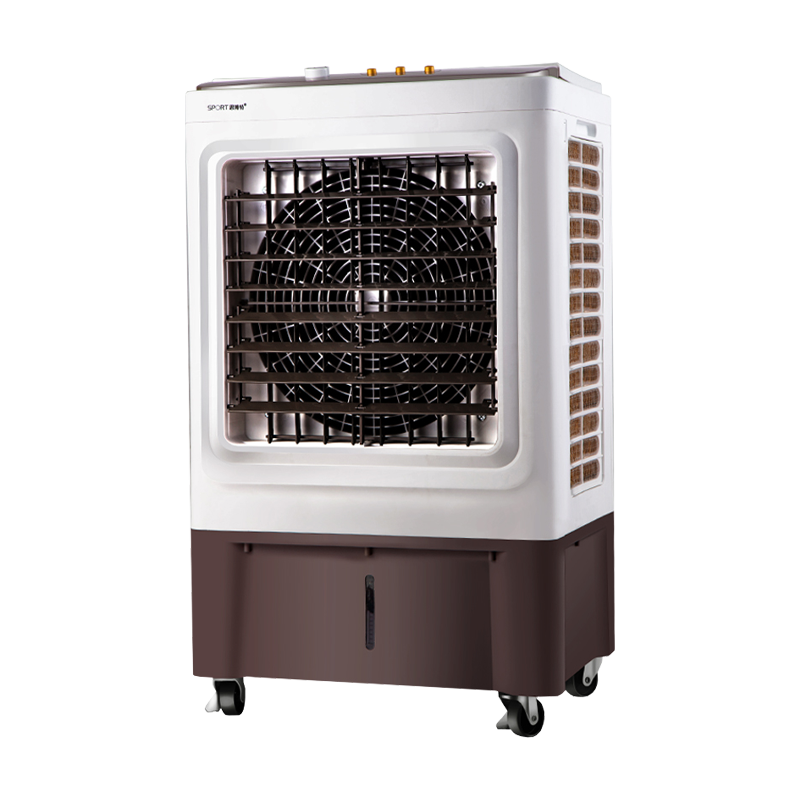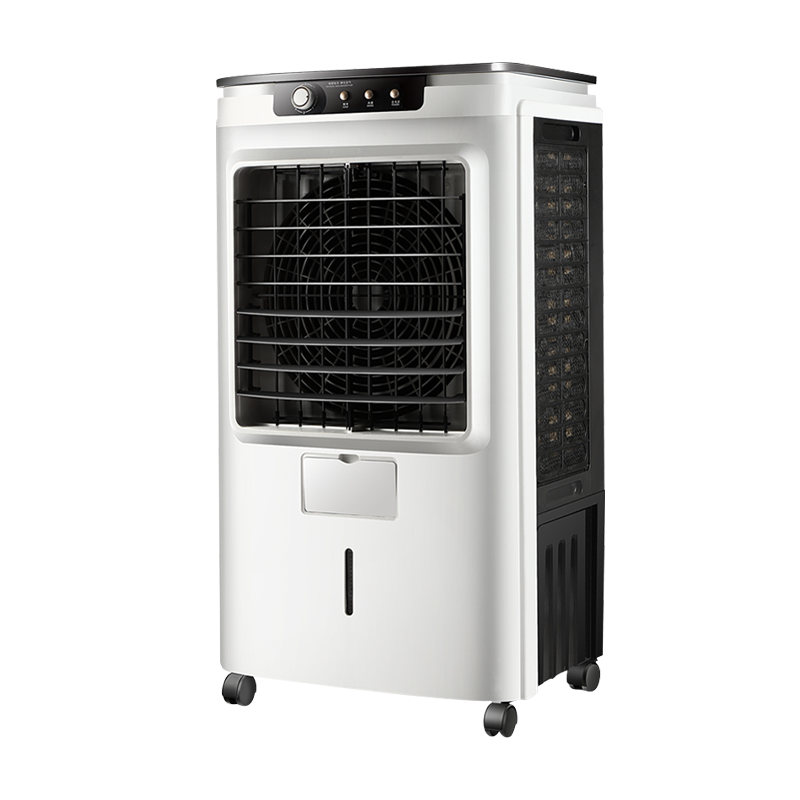1. Dry and hot environments
Evaporative Cooler Pads perform best in dry and hot environments. Since evaporative cooling relies on the absorption of heat by the evaporation of water in the air, evaporative cooling pads are able to effectively reduce air temperature when the air is dry and the temperature is high. For example, in desert or semi-desert areas, evaporative cooling systems can significantly reduce air temperature, typically reducing the dry bulb temperature by 5-15 degrees Celsius.
2. High humidity environments
Evaporative Cooler Pads may be limited in their performance in high humidity environments. Evaporative cooling is less efficient due to higher wet bulb temperatures. For example, in areas with wet bulb temperatures above 21°C, the performance of evaporative cooling systems is significantly affected.
In high humidity environments, evaporative cooling pads may cause an increase in indoor relative humidity, which may make the air too humid and affect comfort.
3. The impact of different materials on performance
The material of the evaporative cooling pad has an important impact on its performance. For example, wood chip fibers (such as Aspen wood fiber) have high water absorption and heat transfer efficiency and are commonly used evaporative cooling pad materials. In contrast, synthetic materials such as polypropylene, while corrosion resistant, have low water absorption and heat transfer efficiency.
4. Impact of system configuration on performance
System parameters such as the thickness of the evaporative cooling pad, air flow rate, and water flow rate can also affect its performance. For example, a thicker pad can provide longer air contact time, thereby improving cooling efficiency.
 English
English 中文简体
中文简体 عربى
عربى Tiếng Việt
Tiếng Việt



 CONTACT US
CONTACT US